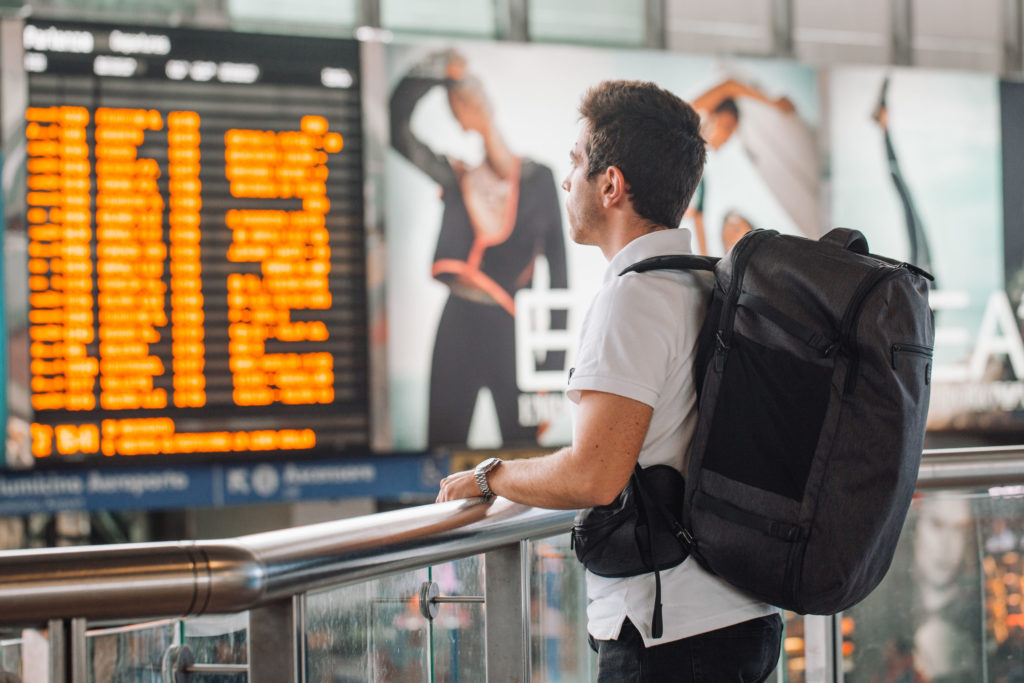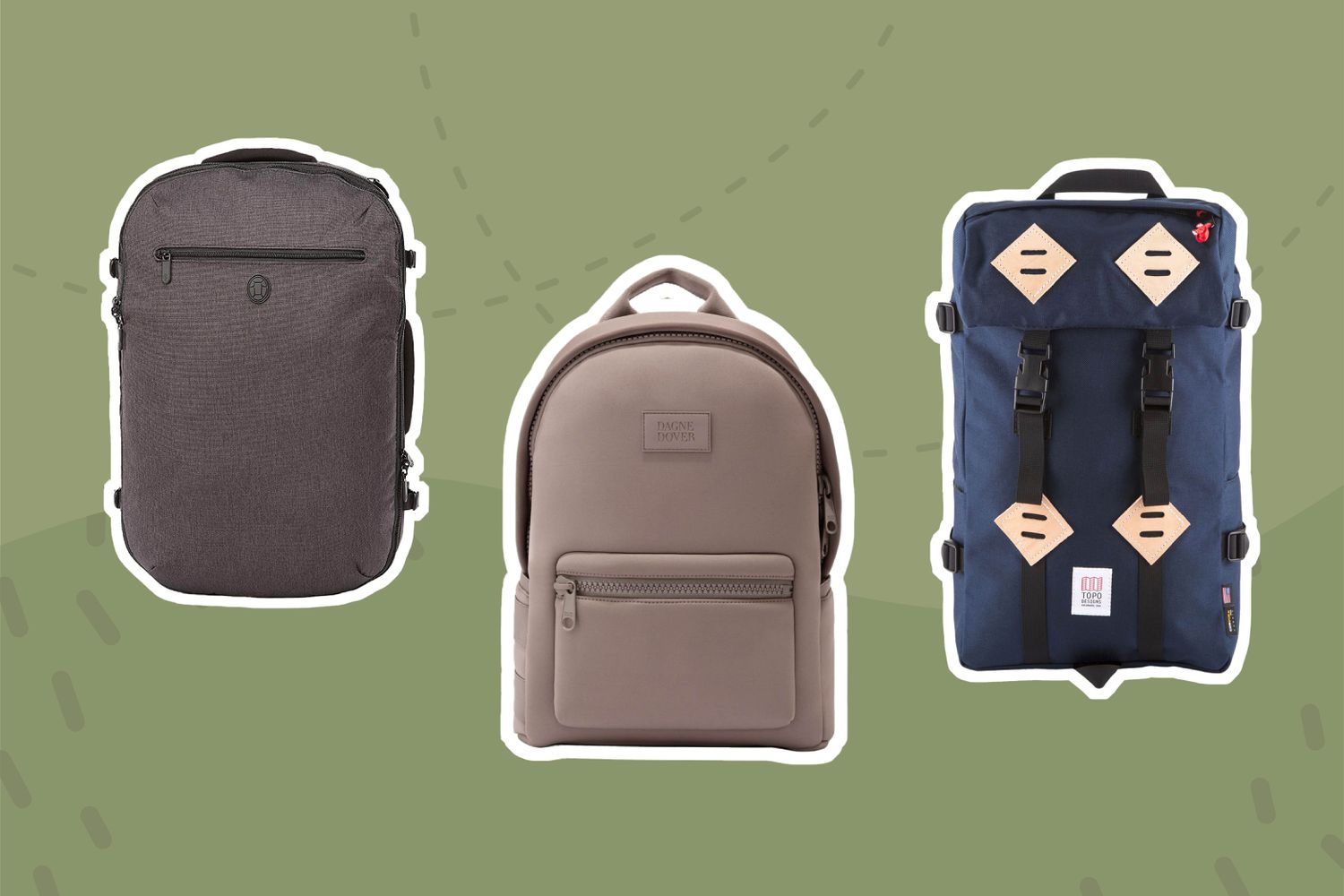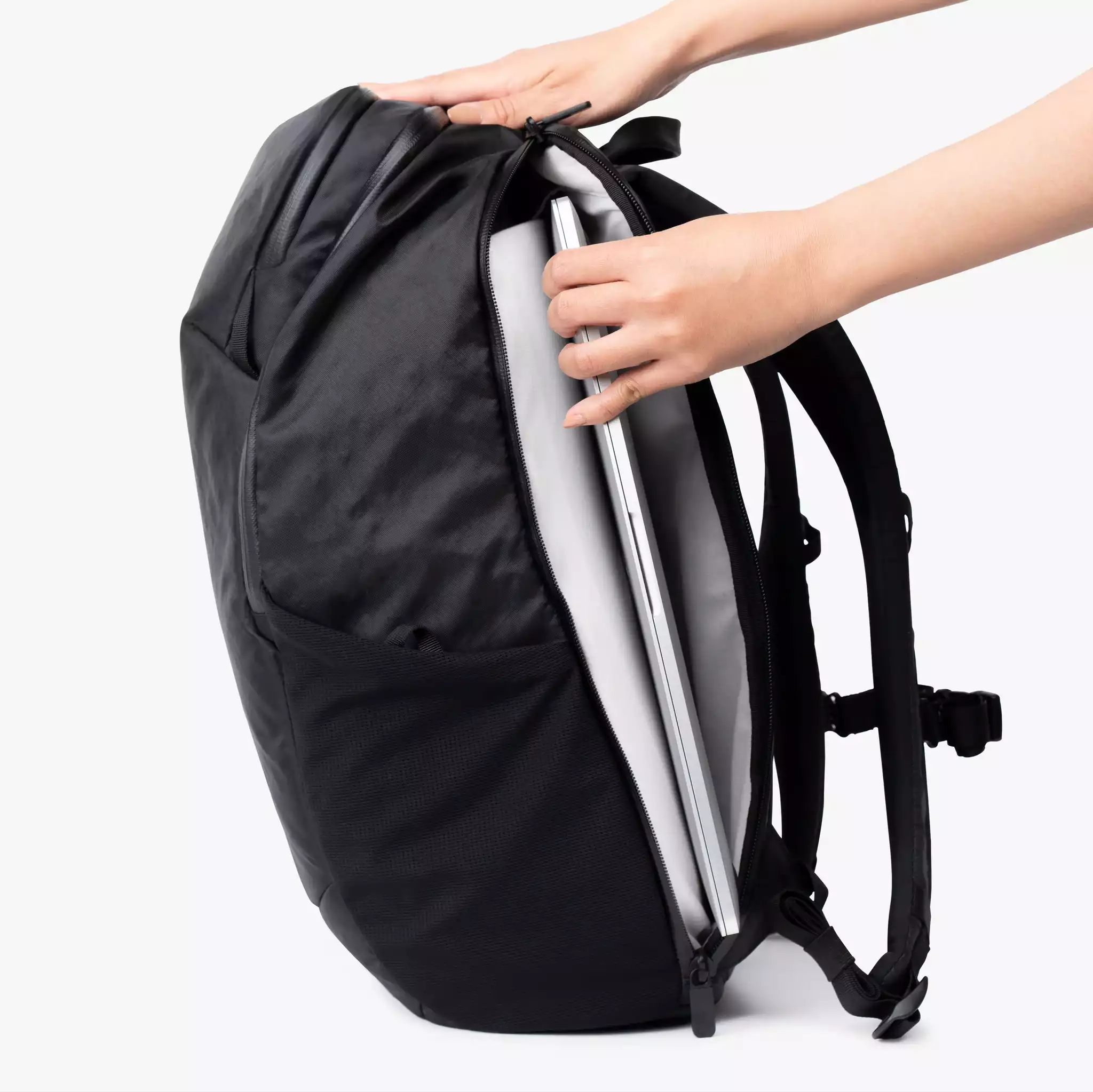
Introduction
When it comes to traveling, using a backpack as your carry-on can be a convenient and practical choice. Not only does it free up your hands and provide easy access to your belongings, but it also allows you to navigate through airports and crowded spaces with ease. However, there are certain tips and guidelines to keep in mind to make the most of using a backpack as your carry-on.
Choose the Right Size:
When selecting a backpack for your carry-on, opt for one that meets the size restrictions of your airline. Most airlines have specific dimensions for carry-on luggage, so be sure to check these guidelines before you pack. A backpack that is too large may need to be checked, defeating the purpose of carrying it on board.
Organize Efficiently:
Utilize the compartments and pockets of your backpack to stay organized. Keep essential items like travel documents, electronics, and snacks in easily accessible areas. Consider using packing cubes or compression bags to maximize space and keep your belongings secure during transit.
Pack Light:
One of the benefits of using a backpack as your carry-on is that it encourages you to pack light. Stick to the essentials and avoid overpacking to ensure that your backpack remains comfortable to carry throughout your journey. Remember, you may need to lift it into overhead compartments or carry it for extended periods.
Consider Comfort:
Look for a backpack with padded shoulder straps and a supportive back panel to enhance comfort during travel. Adjustable straps allow you to customize the fit to your body, reducing strain on your shoulders and back. Additionally, choose a backpack with a waist belt or sternum strap for added stability.
Keep Valuables Secure:
While using a backpack as your carry-on can be convenient, it’s important to keep your valuables secure. Consider using a lock or securing zippers with a small padlock to deter theft. Keep important items like passports, money, and electronics close to your body and be mindful of your surroundings in crowded areas.
Be Mindful of Weight:
Airlines often have weight restrictions for carry-on luggage, so be mindful of how much you pack in your backpack. Distribute weight evenly to prevent strain on your back and shoulders. If your backpack feels too heavy, consider removing non-essential items or redistributing the load.
Accessibility and Convenience:
Keep frequently used items like snacks, water bottle, and entertainment easily accessible in your backpack. Opt for a design with multiple compartments or a front-loading feature for quick access to essentials without having to unpack everything.
Follow Airline Regulations:
Familiarize yourself with the specific airline regulations regarding carry-on baggage, including any restrictions on liquids, electronics, or prohibited items. By adhering to these guidelines, you can ensure a smooth and hassle-free experience during security checks and boarding.

Adapt to TSA Regulations:
When using a backpack as your carry-on, it’s essential to adhere to Transportation Security Administration (TSA) regulations. This involves packing liquids, gels, and aerosols in containers of 3.4 ounces (100 milliliters) or less, all of which must fit into a single, quart-sized clear plastic bag. Placing this bag in an easily accessible outer pocket of your backpack can expedite the security screening process.
Versatility for Onboard Essentials:
A backpack can serve as a versatile storage solution for essential items during your flight. It can accommodate in-flight entertainment such as books, e-readers, tablets, or portable electronic devices. Additionally, it can hold personal comfort items like a travel pillow, blanket, eye mask, or noise-canceling headphones, ensuring that you have everything you need within arm’s reach during the flight.
Consideration for Personal Items:
In addition to your carry-on backpack, many airlines allow passengers to bring a personal item such as a purse, laptop bag, or briefcase. Consider utilizing this allowance by carrying a small, lightweight personal item in addition to your backpack. This can be especially useful for keeping important documents, electronics, and other valuable items separate and easily accessible.
Transit Convenience:
One of the advantages of using a backpack as your carry-on is its convenience during transit. Whether navigating through busy airports, boarding buses or trains, or walking to your accommodation upon arrival, a backpack offers mobility and ease of movement. Its hands-free design allows you to maneuver through various travel scenarios with minimal hassle.
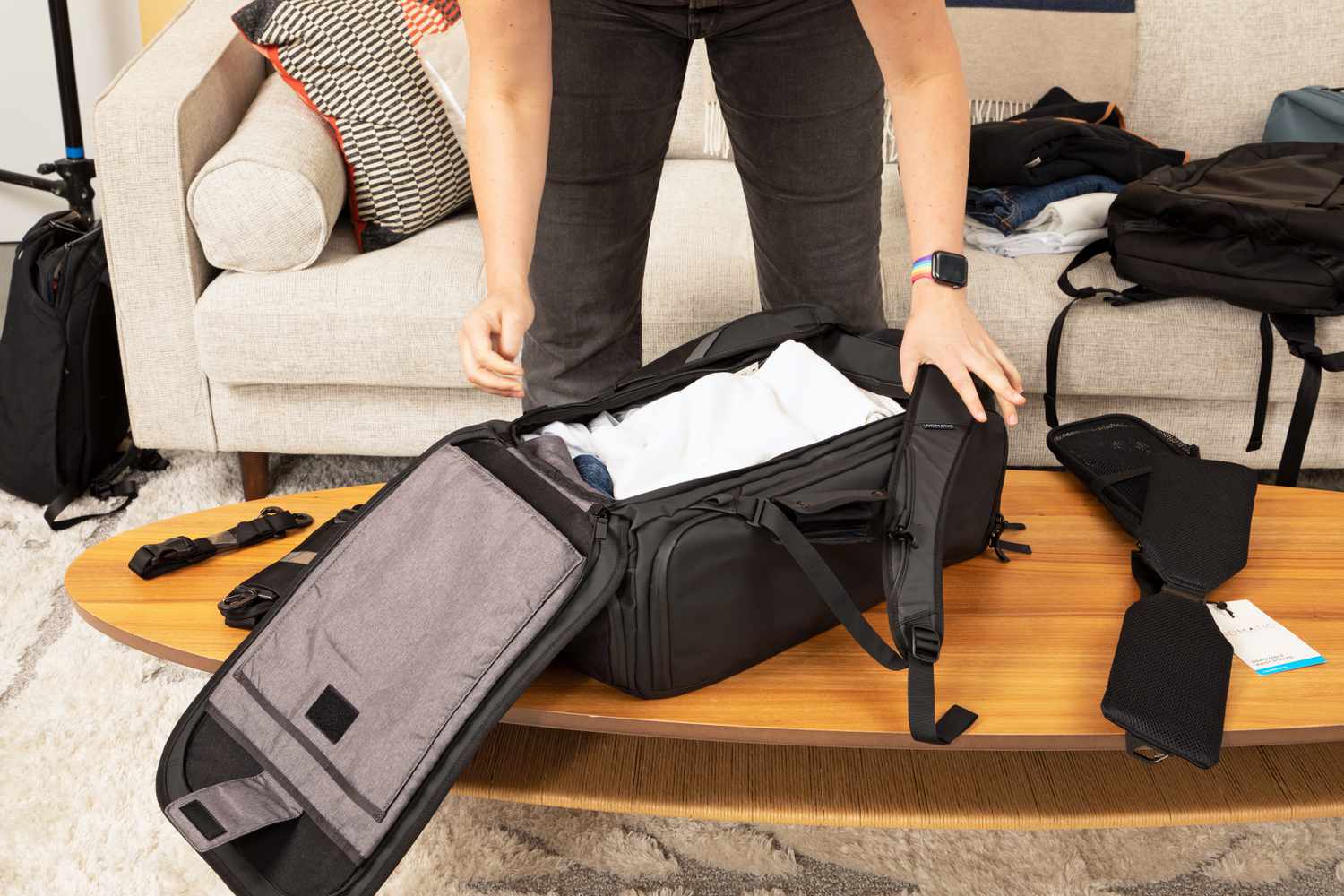
Storage Flexibility:
Throughout your journey, your backpack can serve as a versatile storage solution beyond the confines of the airport and aircraft. Once you reach your destination, it can double as a daypack for exploring local attractions, hiking, or engaging in outdoor activities. Its compact design and practicality make it a valuable asset for on-the-go adventures during your trip.
Eco-Friendly Travel Choice:
Opting for a backpack as your carry-on aligns with sustainable travel practices. Unlike single-use plastic bags or bulky luggage with wheels, a durable backpack can be a long-lasting, eco-friendly travel companion. By choosing a high-quality, reusable backpack, you contribute to minimizing waste and reducing your environmental impact while traveling.
Customizing Your Backpack:
Personalizing your backpack with patches, pins, or luggage tags can add a touch of individuality to your travel gear. Not only does this make your backpack easily identifiable in crowded spaces, but it also adds a unique flair to your travel ensemble, reflecting your personality and interests.
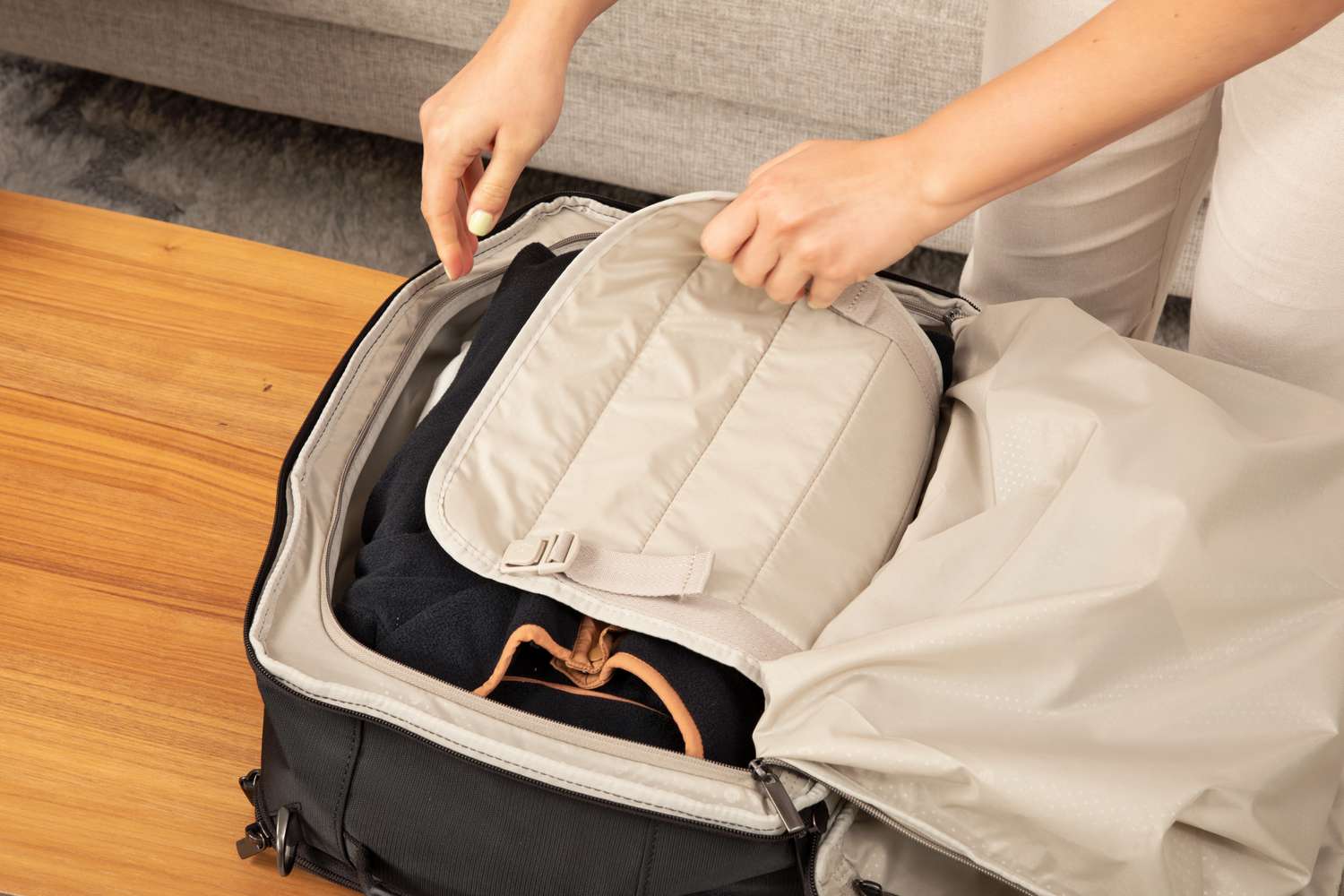
Conclusion
By following these tips and guidelines, you can make the most of using a backpack as your carry-on when traveling. From staying organized and packing efficiently to prioritizing comfort and security, your backpack can be a versatile and reliable companion on your journeys. Whether you’re embarking on a weekend getaway or a longer trip, a well-packed backpack can enhance your travel experience and simplify the process of navigating airports and reaching your destination.
By incorporating these additional points, you can gain a comprehensive understanding of the benefits and practical considerations associated with using a backpack as your carry-on. From adhering to airline regulations and TSA requirements to leveraging the versatility and convenience of a backpack throughout your journey, it serves as a versatile and indispensable travel accessory. Whether you’re embarking on a business trip, vacation, or weekend getaway, a well-prepared backpack can streamline your travel experience and enhance your overall comfort and convenience.